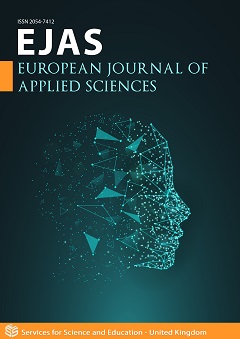Growth and Productivity of 11-Year-Old Pine Hybrids in Turbo- Kenya
DOI:
https://doi.org/10.14738/aivp.125.17599Keywords:
Pines, hybrids, growth, productivityAbstract
Exotic Plantation species, especially of the Pinus genus are very popular in many countries. In the Tropics, and Kenya in particular, Pinus radiata and Pinus patula are the most widely planted. But exotic species have many challenges and attacks by diseases and pests are common. Research has therefore to keep abreast with establishment effort to thwart massive disease attacks and losses. Species and provenance trials are conducted with this in mind. A Pine hybrids trial was conducted in Turbo, Kenya with the aim of testing the suitability of 11 hybrids against the locally grown Pinus patula. The experiment was established in a Randomized Complete Block Design (RCBD). Height, Diameter (Dbh) and survival were assessed and results at age 11 years were analyzed and are reported in this paper. Results showed that there were statistically significant differences (p <0.001) in height and Dbh between the hybrids. The control (Pinus patula) performed poorly compared to some of the hybrids. Mean Dbh at 11 years ranged from 12.9cm to 25.68cm for the hybrids against 18.8cm of Pinus patula while mean height range was 11.6m to 23.18m against 20m of Pinus patula. Hybrids volume (D2*H) performance ranged between 328m³ per Ha to 1,894m³ per Ha compared to 1,006.9m³ per Ha for P. patula. The highest volume was found for PatxOoc (patula-by-oocarpa hybrid) with 1,894m³ per Ha. Hybrids PatxTecL and PatxOoc had superior performance for both growth variables (Dbh and Height) throughout the experiment period. These results embrace the view that hybrids are better performing that pure races and that there is value in doing more research in hybrids in the tropics to diversify genetic base and improve growth and productivity.
Downloads
Published
How to Cite
Issue
Section
License
Copyright (c) 2024 Welimo O. Martin, Balozi Bekuta Kirongoa, Mercy Gichora, Ole Kiyiapi James

This work is licensed under a Creative Commons Attribution 4.0 International License.






